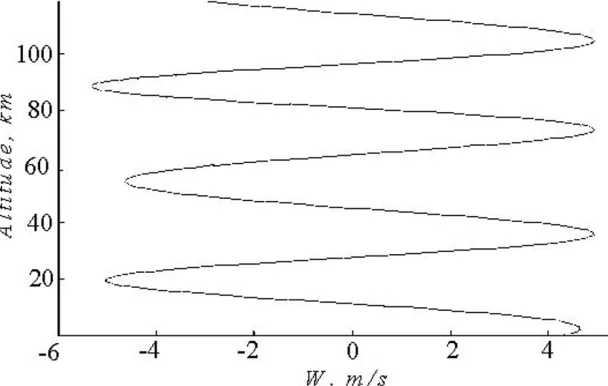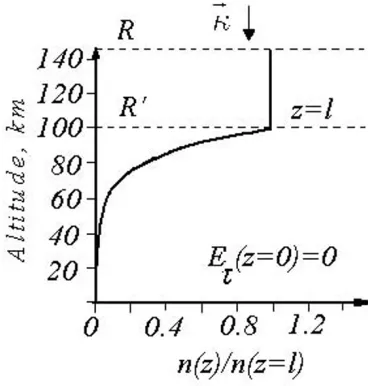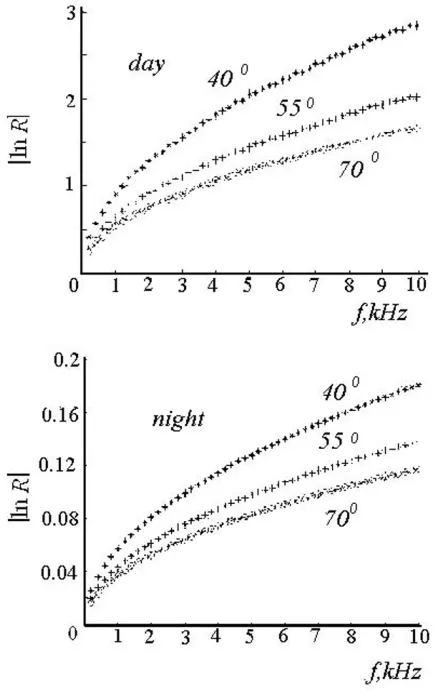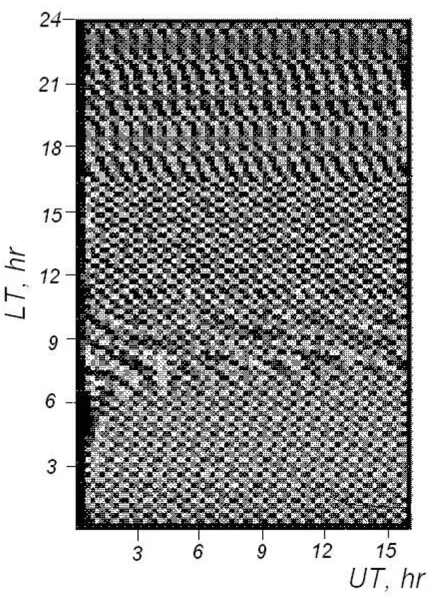Possibility of magnetospheric VLF response to atmospheric infrasonic waves
Full text
Figure




Related documents
The present work explores the two methodologies developed by the same authors to investigate the effect of agitation sequence, ionic strength and pH of the media on
The studies included in this review provide rich data that relates to consumers, carers and mental health workers perspectives and experiences of care coordination and care planning
Do adult AN patients provided with CBT-E treatment in a Norwegian outpatient setting show favorable pre- post changes, and are these sustained at 12 months after ending treatment?
The results of the present study have important clin- ical implications for treating and retaining patients in MMT, particularly with respect to quality of life. Current
The current study draws a sample of patients with schizophrenia to examine the antipsychotic prescribing pattern and conformance of antipsychotic drug pre- scribing with
An important need is to ensure continuity of care for patients and the bridging of gaps concerning information and support needs for relatives when providing integrated mental
In Europe, the Y1 and Y2 haplogroups found in extant cattle exhibit a clear geographic structure, with Y1 restricted to northern European and Iberian breeds.. Initially, this
In reducing problematic cocaine use, tailored chat counseling in combination with the web-based self- help intervention (study arm 1) is more effective than the waiting list
